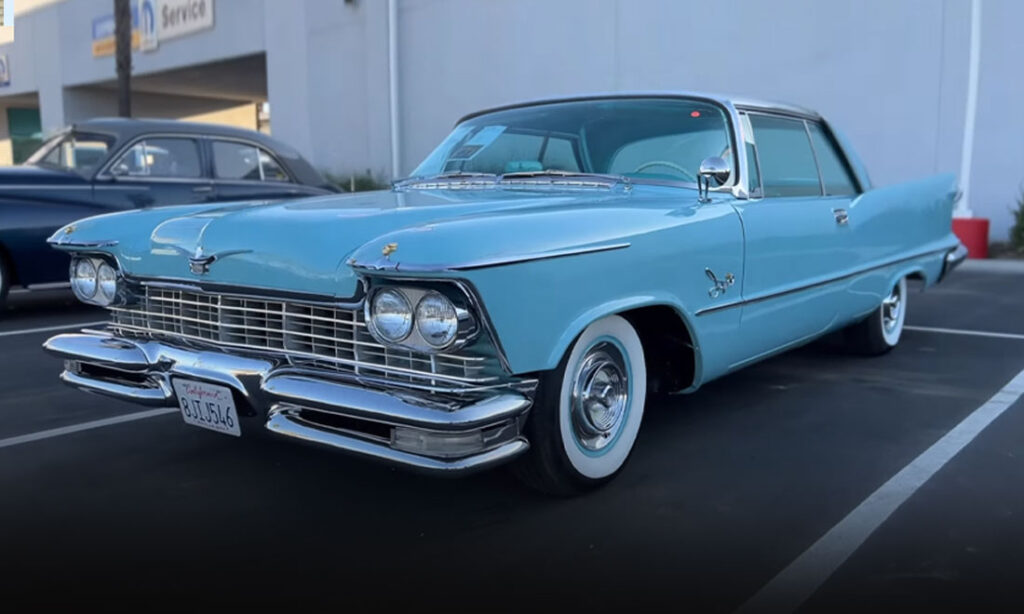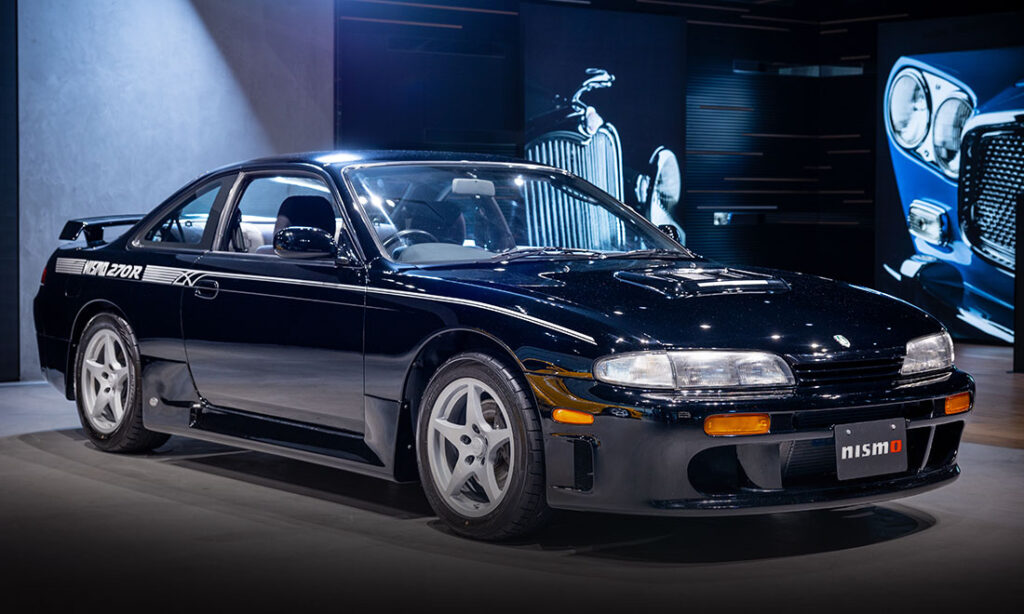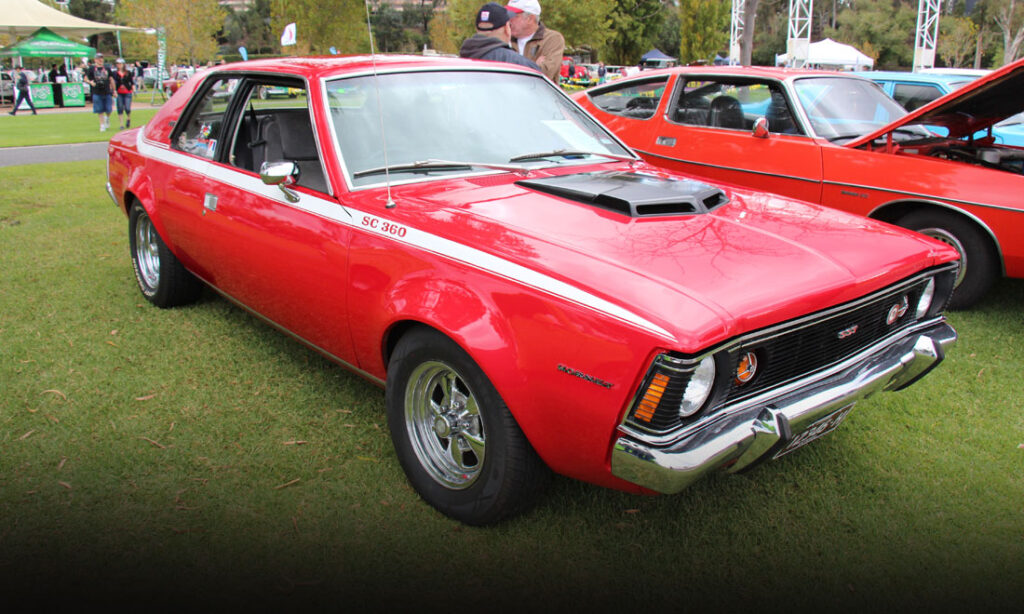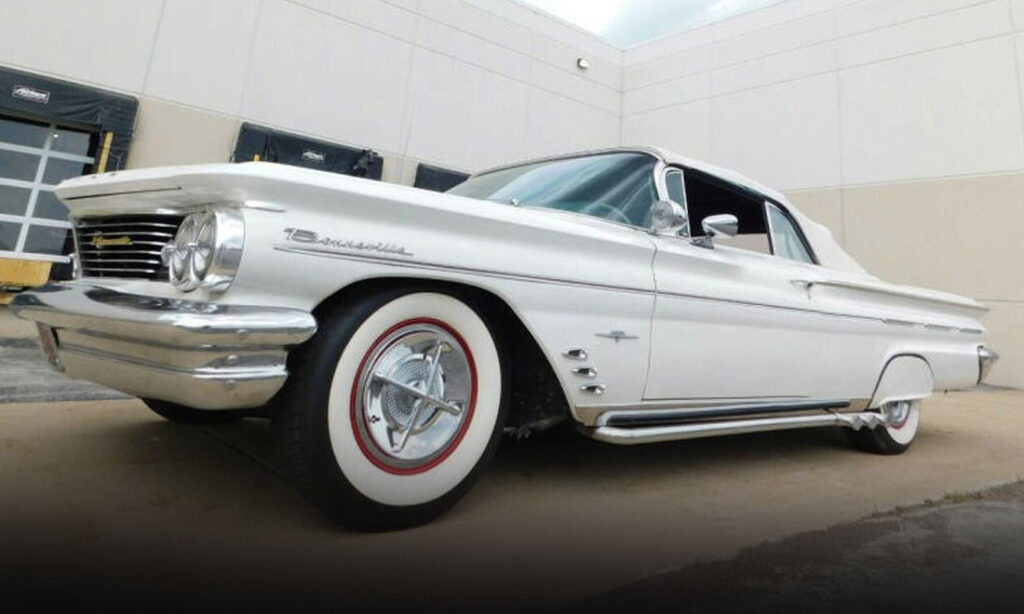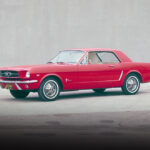1960s Sunbeam Alpine: Classic British Roadster
The Sunbeam Alpine is a fun roadster with an intriguing past. We explore its history and why it could be the perfect car for your next passion project.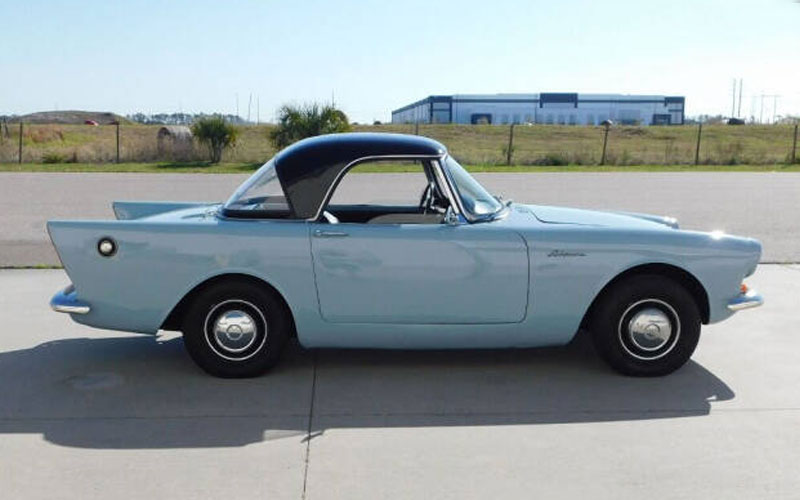
A Forgotten Speedster of the British Roadway
Among the long list of automotive marques relegated to the dust heap, Sunbeam Alpine stands out as one of the prettiest names. Both words are just nice by themselves, but put together and they seem the perfect descriptor of the car itself, a sweet little open-top sports car. However, look through the history books on vintage Sunbeam Alpines and you’ll find the name spread across a wide variety of vehicles. Today we’ll be looking back at the Sunbeam Alpines of the 1960s, but first a quick overview of the Sunbeam and Alpine brands.
The Origin of the Sunbeam Alpine

Between 1953 and 1955, the Rootes Group, a British automaker, produced the Talbot Alpine. Derived from the prior Sunbeam-Talbot 90, these were roadsters with styling typical of the era. Sweeping pontoon fenders and elegant lines. Hand-built in the UK, only about 1,600 Talbot Alpines were built over two distinct series. There was also a line of Sunbeam Alpine fastbacks produced from 1969 to 1975. But it is the Sunbeam Alpine Series I through V, built between 1959 and 1968 that we’re after.
When the Sunbeam Alpine Series I debuted in 1959, it had dropped the Talbot Alpine styling in favor of something more akin to the original Ford Thunderbird. Only much smaller. As in roughly 13 feet long and 5 feet wide versus the 1956 T-Bird’s dimension of about 15 ½ feet long by 6 feet wide. The crisply styled new Alpine was a Rootes Group parts bin special, featuring a modified Hillman Husky floorpan and running gear off the Sunbeam Rapier.
First Generation Sunbeam Alpines
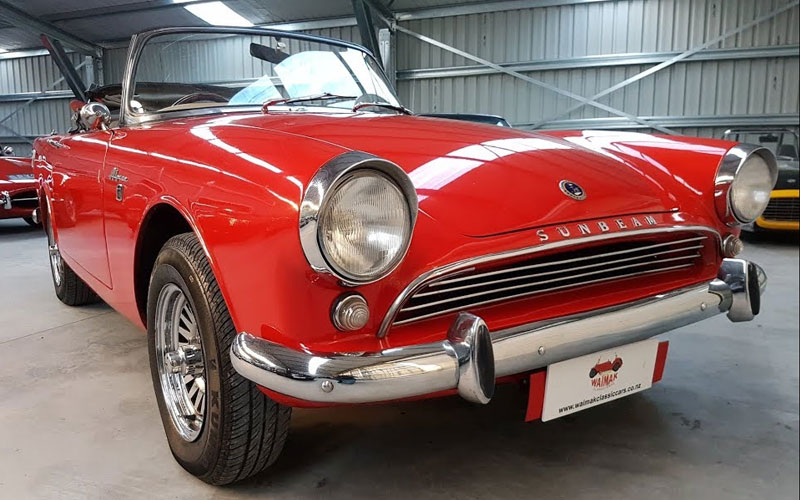
These first-gen Sunbeam Alpines came with a 1,494-cc inline-4 engine mounted up front. Featuring dual downdraft carburetors, they were rated for 78 horsepower and 89 lb-ft of torque. A 4-speed manual transmission, with optional overdrive, routed power to the rear wheels. Girling supplied the brakes, including discs up front, while the suspension consisted of an independent front end with coil springs and a live rear axle with leaves.
According to a review by British magazine The Motor in 1959, these original Alpines could do the 0-60 run in 13.6 seconds and hit a top speed of just about 100 mph. Slow by today’s standards for sure, but keep in mind this soft-top roadster was also the first British sports car of the era to feature wind-up side windows, so we can cut it some slack.
Sunbeam Alpine Series II and III Brought Big Changes
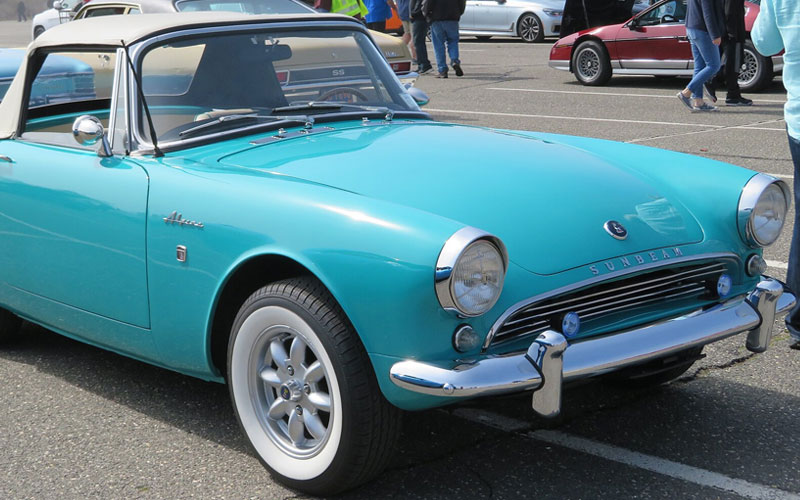
The Alpine Series II arrived the following year, 1960, with a bigger engine. Now displacing 1,592 cc, it was rated for 80 hp and 94 lb-ft of torque. Tiny gains, but the rear suspension was also updated and these second-gen Sunbeam Alpines sold relatively well with nearly 20,000 units moved versus about 12,000 for the Series I model.
For 1963 and 1964, a Sunbeam Alpine Series III was available. Considered a transitional model with production of less than 6,000, the Series III came with a host of updates. The engine carried over, but new tube-type rear dampers were fitted, the seats were upgraded, and twin fuel tanks were added along with larger front disc brakes.
There was also a new GT model to go with the standard soft-top roadster. In GT-spec, the Alpine Series III featured a removable hardtop and 2+2 seating. Wood veneer was added to the dashboard for a touch of luxury and the engine was mildly de-tuned to improve smoothness.
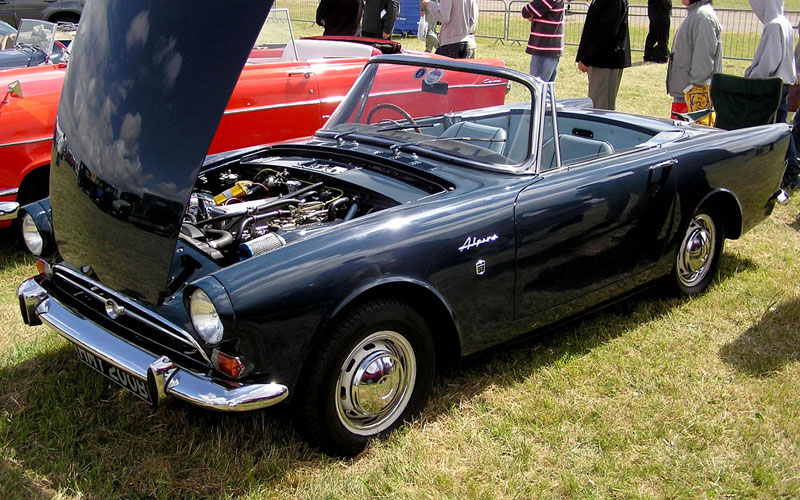
The Series IV Alpines saw perhaps the biggest visual change with a new front grille and dramatically reduced tail fins. Under the hood, both the hard and soft top models now featured the same 1,592 cc engine making 87 hp and 93 lb-ft of torque. For 1964, a short-lived 4-speed automatic transmission option arrived and the manual was redesigned to include synchromesh for the first gear. An estimated 12,406 units of the Alpine Series IV were produced, not including the models that Carroll Shelby got his hands on.
Between 1964 and 1967, Shelby struck a deal with Rootes to build Alpine roadsters stuffed with Ford V8s, a formula he had already applied to the legendary AC Cobra. Dubbed the Sunbeam Tiger, early models ran a 260 cubic inch V8 that made around 164 hp in standard tune. However, it was said to make up to 245 hp with modifications and even more with the later 289 V8. A little more than 7,000 of these V8-powered Alpines were made at the time with British manufacturer Jensen contracted to handle the builds.
The Final Years of the Sunbeam Alpine
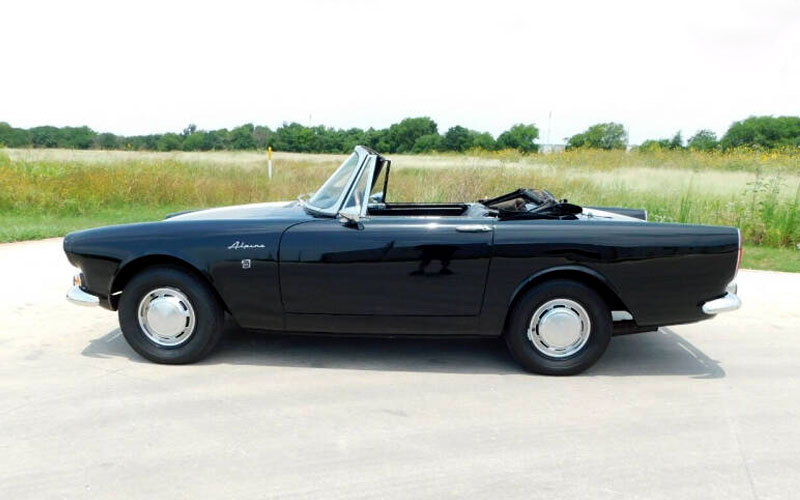
The final Sunbeam Alpine Series V models were produced between 1965 and 1968. A new 5-bearing 1,725 cc inline-4 was installed with dual Zenith-Stromberg semi-downdraft carburetors. Although there were essentially no other major changes, this final series motor was the most powerful with a rating of 92 hp and 103 lb-ft of torque. The automatic transmission was dropped at this point and the Sunbeam Alpine would have its most successful series run yet with over 19,000 units produced.
The Legacy of the Sunbeam Alpine
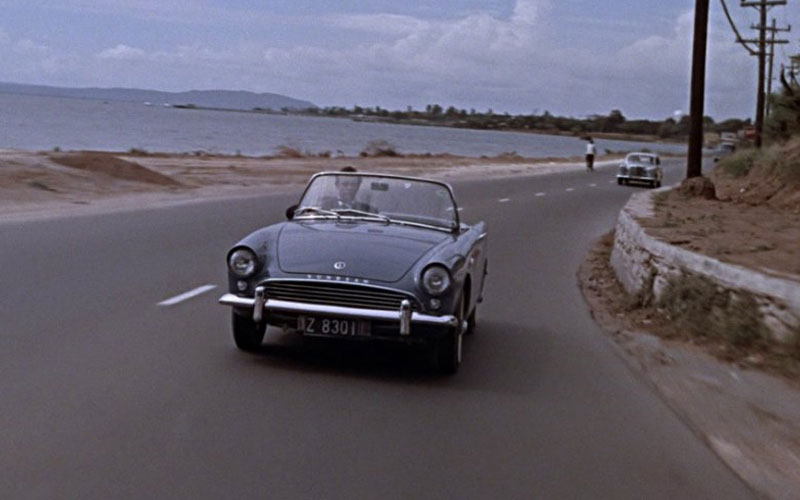
The Series I through V Sunbeam Alpines were fairly successful at the time, selling some 70,000 units in total. They also saw a healthy level of racing success, particularly in Sports Car Club of America events. Vince Tamburo won the G-Production National Championship in 1960 at the wheel of an Alpine Series I. Don Sesslar nearly won the 1963 championship in the E-Production class and would go on to win it the following year.
It was also a car that saw a lot of action on the silver screen. Elizabeth Taylor famously drove a red Alpine Series I in the 1960 film Butterfield 8 and a blue Series II model is one of the first cars seen in the 1962 James Bond film Dr. No. As for the TV screen, Maxwell Smart, the main character in the 1960s spy TV series Get Smart used a Sunbeam Tiger as his vehicle of choice.
The Alpine was a cool British sports car at the time and one that remains interesting today. Though vintage Sunbeam Alpines don’t generally command the kind of money that classic American muscle or more widely known British marques do at this point, that just means that you can get your hands on one for a relatively small outlay.
Finding Your Sunbeam Alpine
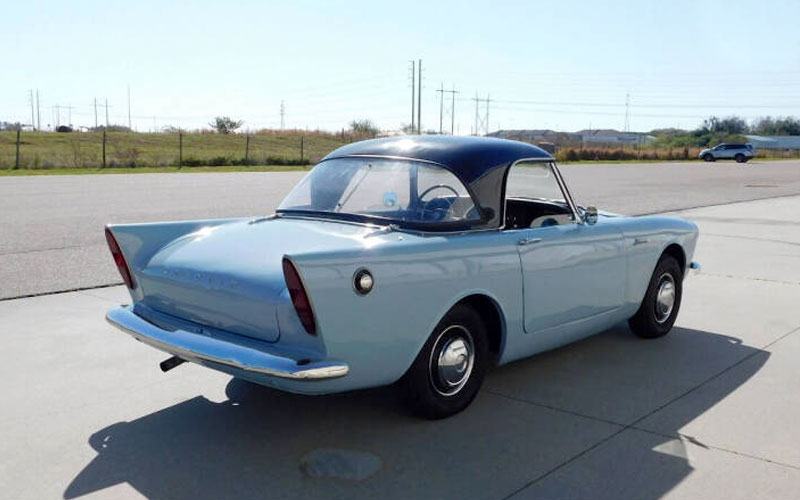
Looking over the listings on Carsforsale.com, there’s currently a fully restored 1960 Alpine finished in bright red for $39,000. But if you’re willing to get your hands dirty, this black Alpine Series II that needs some TLC can be yours for just $12,495. Personally, I’m already trying to figure out how to get my hands on one.


